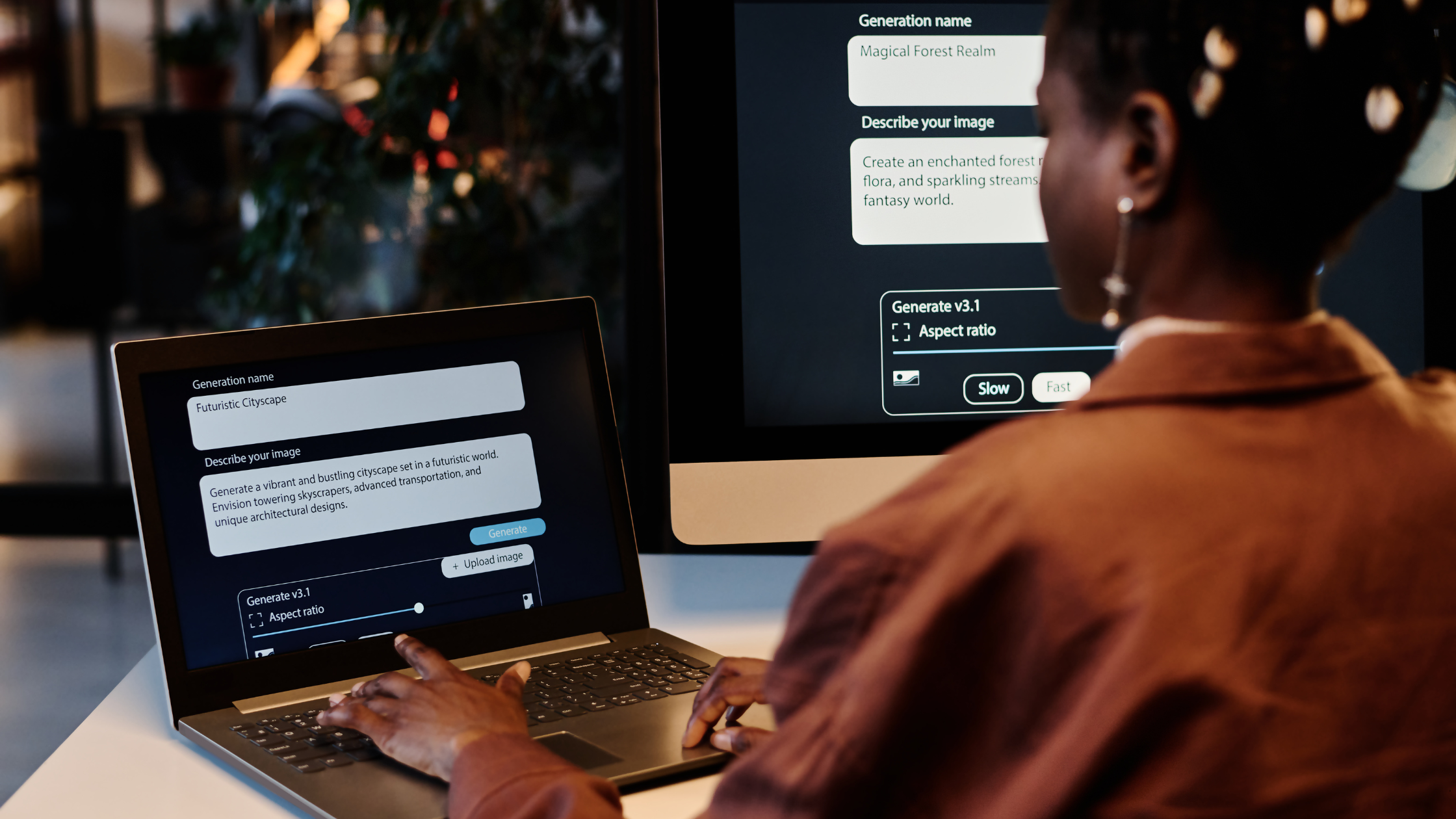If you’ve been anywhere near the hiring world lately, you’ve probably noticed that AI recruitment tools have gone from simple aids to a core part of how companies find talent. Whether it’s AI parsing résumés, ranking candidates, or even running initial interviews, the pitch is the same: faster hires, better matches, less bias.
Sounds great, right? The problem is, it’s not always playing out that way. Some AI systems can unintentionally amplify discrimination rather than eliminate it. And when the process is hidden behind a black box, candidates have no idea how decisions are being made.
We’re breaking down the most important ethical considerations for using AI in recruitment, from bias prevention to transparency, in plain language you can actually use.
This isn’t just for tech leaders. If you’re an HR director, a recruiter trying to vet new hiring tools, or a business owner wondering if AI is worth the investment, these insights will help you avoid legal headaches, protect your brand reputation, and most importantly, create a hiring process that’s actually fair.
Bias and Fairness in AI Hiring Tools
The number one fear people have about AI in recruitment is that it will bake in the same old hiring biases, just with a shinier interface. And unfortunately, that fear isn’t unfounded.
Bias in AI is math. AI learns from historical hiring data, and if that data reflects decades of underrepresentation or preference for certain demographics, the algorithm will mirror it. That’s why Amazon famously scrapped its AI hiring tool after discovering it downgraded résumés that included the word “women’s” (Reuters).
The impact is huge. Harvard Business Review found that biased algorithms in hiring could reinforce systemic inequalities. That’s not just an HR nightmare, it’s a PR one, too.
So, how do you fight back against bias in AI recruitment? Three key moves:
- Audit the Data – Before you even deploy an AI tool, check its training data for diversity and representativeness (Society for Human Resource Management).
- Test and Retest – Don’t just set it and forget it. Continually monitor the AI’s output for patterns that suggest bias creep.
- Human Oversight – AI should recommend, not decide. Keep humans in the loop for final hiring calls (EEOC AI Guidance).
When you treat bias prevention as a continuous process, not a one-time checkbox, you make AI a true partner in fair hiring instead of a liability waiting to happen.
Transparency and Explainability
One of the most frustrating things for candidates in AI-driven hiring is feeling like they’re talking to a wall. They apply, maybe do an automated interview, and then, nothing. No feedback, no insight into why they weren’t selected. That’s the “black box” problem in AI.
If recruiters and candidates can’t see how a decision was made, they can’t trust it. This isn’t just about fairness, it’s about credibility. In fact, this paper from IEEE emphasizes that AI systems in hiring must be explainable to earn stakeholder trust.
What does explainability look like in practice?
- Clear Criteria – Share which skills, experiences, and attributes the AI tool prioritizes (SHRM Guidelines on AI in Hiring).
- Candidate Feedback – Offer applicants a summary of why they were screened out or advanced.
- Internal Documentation – Maintain detailed logs of AI decision-making processes for legal and compliance purposes.
Transparency turns AI into a fair evaluator. And in recruitment, perception matters almost as much as process.
Privacy and Data Protection
Recruitment AI runs on data and lots of it. We’re talking résumés, work histories, skill assessments, interview transcripts, sometimes even psychometric or video analysis data. With great data comes great responsibility (and, yes, great legal risk).
If you’re not careful, your AI hiring tool could collect more than you realize, and storing that data indefinitely can be a compliance time bomb. According to GDPR guidelines on automated decision-making, candidates have the right to know how their data is used and to request its deletion.
Best practices for privacy-conscious AI recruitment:
- Data Minimization – Collect only what’s necessary for the hiring decision (ICO Recruitment Data Guidance).
- Secure Storage – Encrypt data in transit and at rest.
- Retention Policies – Set a strict timeframe for deletion once the hiring process ends.
- Informed Consent – Always tell candidates when AI is involved and how their information will be processed (EEOC Candidate Notice Recommendations).
Your AI hiring tool should never feel like surveillance, it should feel like a fair assessment.
Regulatory Compliance and Ethical Governance
The legal landscape for AI in recruitment is moving fast, and ignoring it could cost you. From the EU’s AI Act to New York City’s Local Law 144 on automated hiring tools, regulators are cracking down on untested or biased algorithms.
To stay ahead, companies should go beyond just “meeting the rules” and aim for ethical governance, a framework that blends compliance with proactive responsibility.
Here’s what that looks like:
- Stay Informed – Assign someone to track global AI employment laws.
- Independent Audits – Bring in third-party reviewers to test for bias and compliance.
- Ethics Committees – Include HR, legal, technical, and DEI representatives in AI oversight.
- Continuous Training – Educate recruiters and hiring managers on responsible AI use.
Building Trustworthy AI Hiring Practices
AI in recruitment isn’t going anywhere but neither are the ethical questions that come with it. From tackling bias and ensuring transparency to protecting candidate data and staying ahead of regulations, the goal isn’t just compliance, it’s trust.
Organizations that approach AI with an ethical framework will do more than avoid legal trouble; they’ll build hiring systems that attract diverse, qualified talent and strengthen their employer brand.
AI can absolutely make recruitment smarter and more efficient, but only if it’s designed and governed with people, not just productivity in mind.






